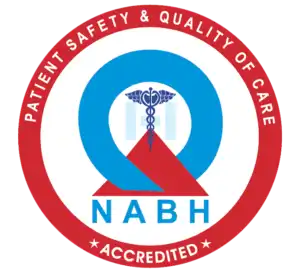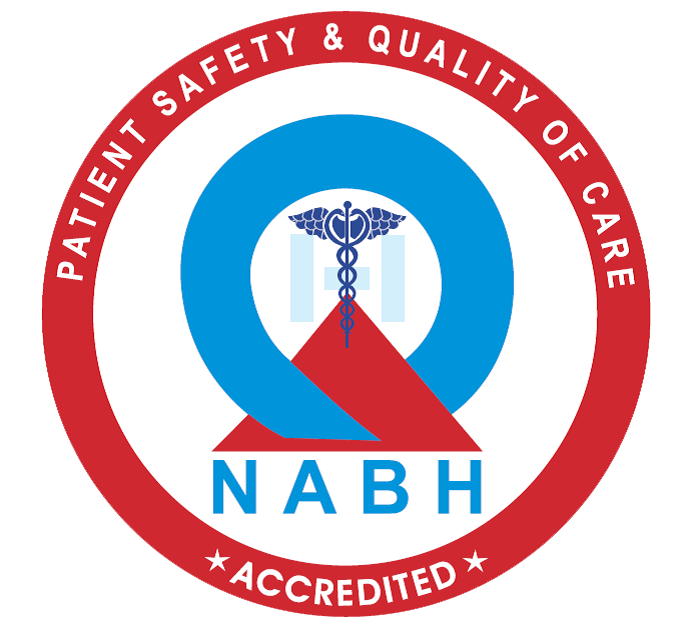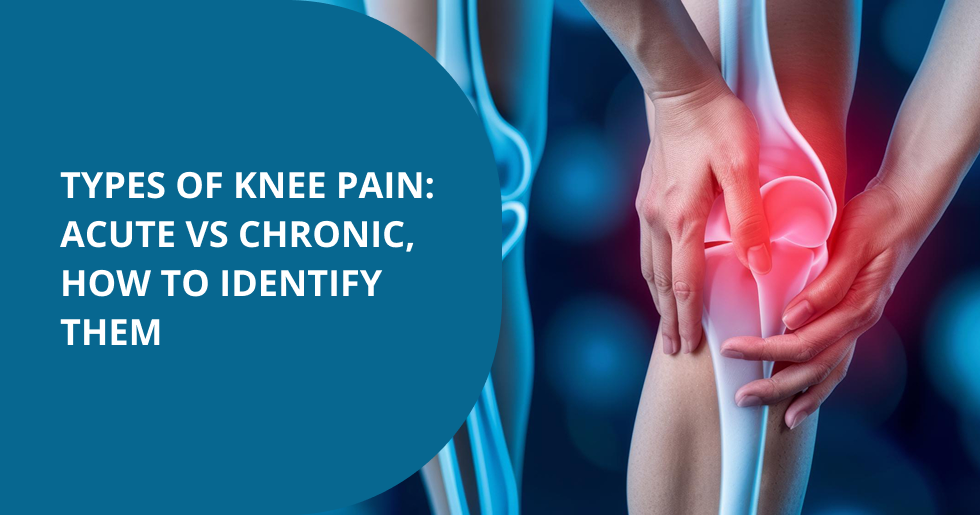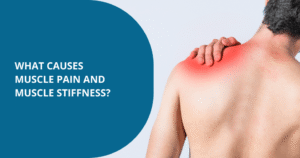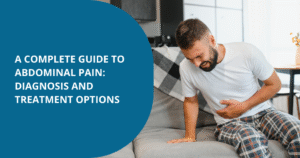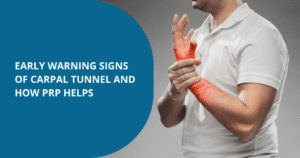Introduction
Knee pain is a common problem that affects people of all ages, from athletes to commoners. But did you know there are different types of knee pain?
Understanding whether your knee pain is acute or chronic knee pain is the key to finding suitable treatment and lasting relief. Read on to learn more!
Acute Knee Pain
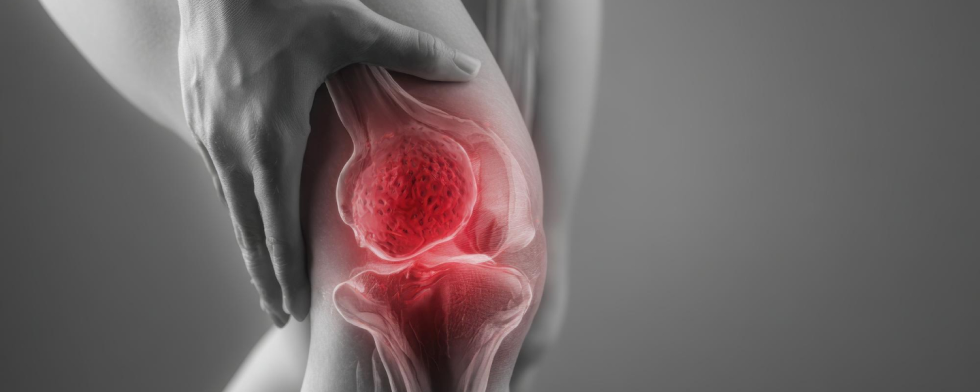
- Acute knee pain is sharp and sudden from an injury or accident, lasting less than one month.
- It is mainly due to ligament and tendon tears, fractures, meniscal injuries, or knee dislocations.
- Symptoms: sudden, severe knee pain with swelling and difficulty moving the knee.
- Seek immediate care if you cannot bear weight on the knee or if it looks deformed.
Chronic Knee Pain
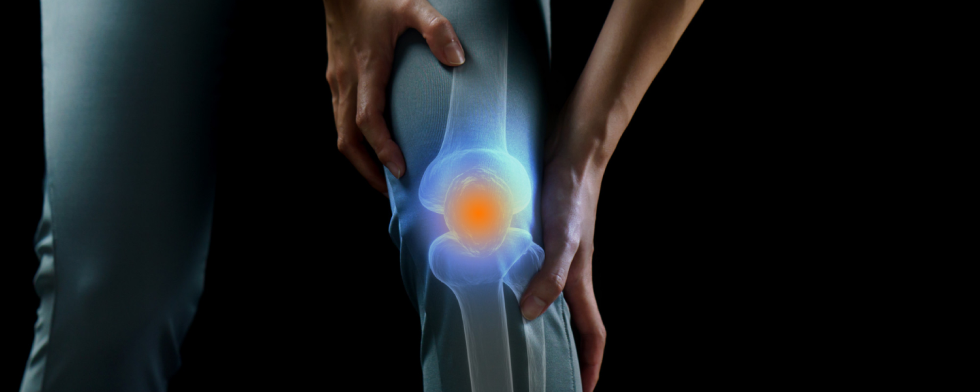
- Chronic knee pain lasts more than three months and rarely goes away without treatment.
- It is due to conditions like Knee osteoarthritis, Rheumatoid arthritis, Crystalline arthritis(gout and pseudogout), Bursitis, infectious arthritis, runner’s knee, tendinitis, Iliotibial (IT) band syndrome, or overuse of knees.
- Symptoms are ongoing pain, stiffness, swelling, and reduced mobility.
- Consult a doctor if the pain persists for weeks or interferes with daily life.
- After evaluation, physical therapy, exercises, bracing or taping of the kneecap, and other treatment options, medications are recommended by the provider.
How to Identify Acute vs. Chronic Knee Pain
- Acute knee pain can result from a traumatic injury, stress injury, or flare-ups from another underlying condition.
- Repetitive movements, stress on your knees, exercise, or untreated injury can cause acute pain.
- It lasts 3-4 weeks and mostly goes away with home remedies for knee pain.
Whereas,
- Acute pain that is unresolved can eventually turn into chronic knee pain.
- It is gradual, persistent pain that worsens over time. It feels like a burning discomfort.
- Chronic knee pain in older adults is usually due to progressive and degenerative joint changes associated with knee osteoarthritis (OA).
- It is a cause of functional limitations and disability in older adults and leads to frequent visits to healthcare providers.
- It rarely goes away without treatment and can continue for many months and even years.
When to Seek Medical Attention
Acute Pain:
- Seek immediate help if the pain is not cured, even after 3-4 weeks.
- If you have swelling, instability, or trouble moving the knee, seek help.
Chronic Pain:
- See a doctor if the pain affects your daily activities and gets worse over time or if it persists for more than 3 months.
- Get the prescribed blood work, physical examination, X-rays, CT scan or MRI, and other imaging tests to know the cause of the pain.
Treatment Options
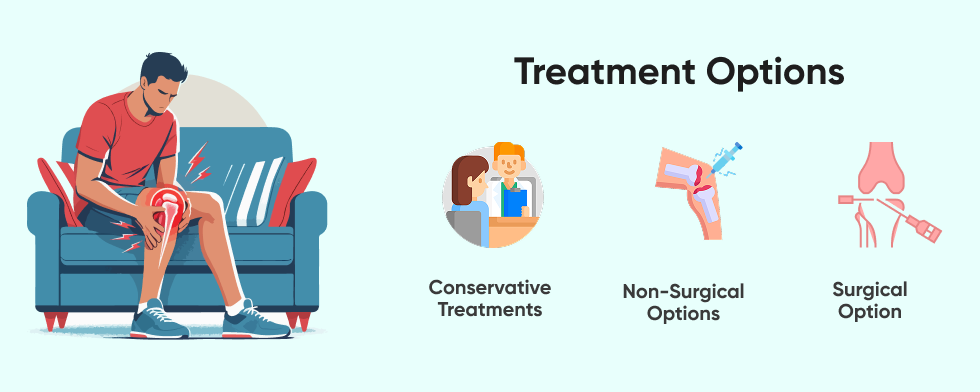
Conservative Treatments
- The treatment for types of knee pain will depend on the cause and damage caused to the knee.
- Your doctor may recommend or prescribe NSAIDs like ibuprofen or occasional corticosteroid shots to settle down inflammation.
- Lifestyle changes, wearing protective kneepads, and diet changes can help you manage pain and experience fewer symptoms.
- Physical therapy, strengthening exercises, and stretching build the muscles around the knee that support it.
- Alternative therapies like acupuncture, Tai Chi and walking, strength training, yoga, cycling, or swimming are also beneficial.
Non-Surgical Options
- Rest your knee. Take a few days off from intense activity.
- Physical therapy will strengthen the muscles around your affected knee, improve stability, and relieve pain.
- Nonsteroidal anti-inflammatory drugs (NSAIDs) such as ibuprofen or naproxen will help with pain and swelling.
- Recent evidence suggests the benefit of platelet-rich plasma injections (PRP) for knee pain management in mild to moderate osteoarthritis (OA).
Platelet-rich plasma (PRP) is a biological treatment for musculoskeletal injuries involving tendons, ligaments, cartilage, and bone. It is a non-surgical and minimally invasive treatment. A small amount of blood is drawn from the patient and is processed in a centrifuge to separate the platelet-rich plasma from other components. The concentrated PRP, rich in growth factors, is injected into the target area to stimulate healing and regeneration. Studies have proved that in the treatment of acute trauma and chronic nonhealing after acute trauma, such as bone injury, wounds, skeletal muscle, ligament, tendon, articular cartilage lesions, OA, and nerve injury, PRP therapy plays a prominent role and leads to good outcomes.The significant advantages of PRP, such as biocompatibility, safety, low cost, simple preparation, and great potential for clinical effectiveness are established in experiments and clinical trials. Corticosteroid injections or a steroid shot directly into a sore joint can ease pain more quickly than anti-inflammatory pills. The relief usually lasts from several weeks to several months.
Surgical Options:
- Arthroscopy for severe knee pain cases is the most common type of knee surgery.
- In knee replacement (arthroplasty), your surgeon will replace your knee joint with an artificial implant (a prosthesis).
Conclusion
Identifying the underlying cause is the main factor in treating different types of knee pain. Consulting a knee pain doctors in Bangalore for an accurate diagnosis and treatment is essential to manage your pain effectively and improve your quality of life.
At Epione Pain Management Center in Bangalore, our experts provide personalized care to help you regain mobility and live pain-free. Schedule your consultation today and take the first step toward lasting relief!
Also Read
1. How Proper Posture and Ergonomics Can Prevent Knee Pain
2. Top Exercises for Knee Pain Relief: Strengthen, Stretch, and Support Your Knees
3. Home Remedies for Knee Pain Relief: Natural Solutions You Can Try Today
4.Simple Lifestyle Changes to Prevent Knee Pain: Daily Habits for Healthier Joints
5. Knee Pain – Causes, Symptoms, Diagnosis and Treatment Options
6. Types of Knee Pain: Acute vs Chronic, How to Identify Them
